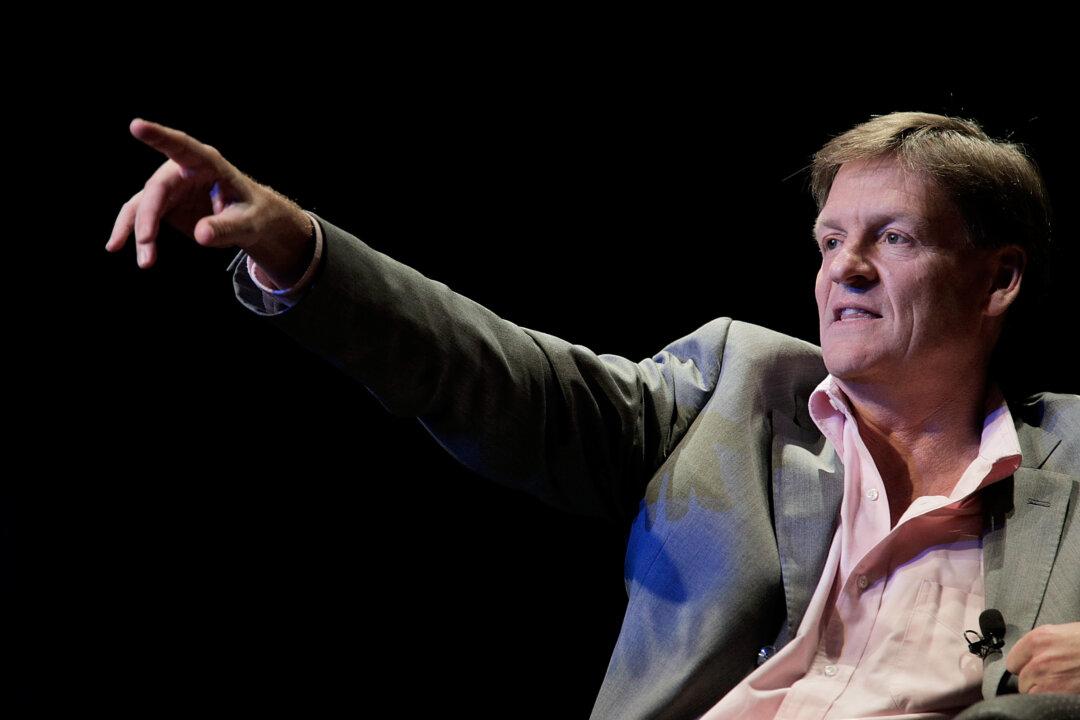Last week, Michael Lewis managed to scuttle the IPO of High-Frequency Trading (HFT) firm Virtu. After the release of his critical book “Flash Boys,” the company decided to wait with its stock market listing because of all the negative publicity.
Lewis’s book is very critical of HFT and has generated a lot of media attention. In response, HFT proponents came out to defend the concept of using very fast computer systems and algorithms to trade stocks.
It has to be clearly stated here that Lewis’s main point is correct: Most HFT strategies don’t add any economic value and merely scalp off a fee for being faster than anybody else. HFT companies claim they provide liquidity to exchanges. While this is true on a merely technical level, it is not true from an economic point of view.
Liquidity
For the stock exchange, somebody who provides liquidity submits a limit order that resides in the system until it is matched with another limit or market order. HFT programs regularly provide this kind of technical liquidity by flashing limit orders and then canceling them as soon as the order might actually get filled.
The program traders can do this because they see orders in the system faster than anybody else and can react to them faster.
From an economic point of view, this behavior does not add any real liquidity because HFT firms do not take any directional risk. And when it comes to trading in the stock market, participants actually don’t trade stocks, what they really trade is risk.
No Risk
A seller of a stock wants to get rid of the risk of owning the stock because he thinks it might decline in value. The buyer on the other hand wants the risk exposure because he also wants the upside associated with that risk. High-frequency traders do not want either and therefore do not provide any economic benefit to trading.
It gets even worse when HFT strategies front run big institutional orders because they see them earlier than anybody else. In practice, this means the HFT algorithm sees a real investor—somebody who wants to either buy or sell equity risk—put in a big order.
Because the algorithm sees the order earlier than everybody else, it can then front run the order (for example buy the shares the investor wanted to buy) and then flip the shares to the investor at a higher price.
Because the HFT program already knows the order and the price at which the investor is willing to buy or sell, it operates without taking on any risk and therefore does not add anything of economic value.
How does this no-risk money-making strategy work in practice? In its IPO prospectus, Virtu said it generated trading profits on 1,237 of 1,238 trading days in the period leading to the IPO filing.
This near 100 percent record has nothing to do with entrepreneurial risk-taking. It is classic rent-seeking behavior that doesn’t provide anything in return for the profit it is generating for its backers.





